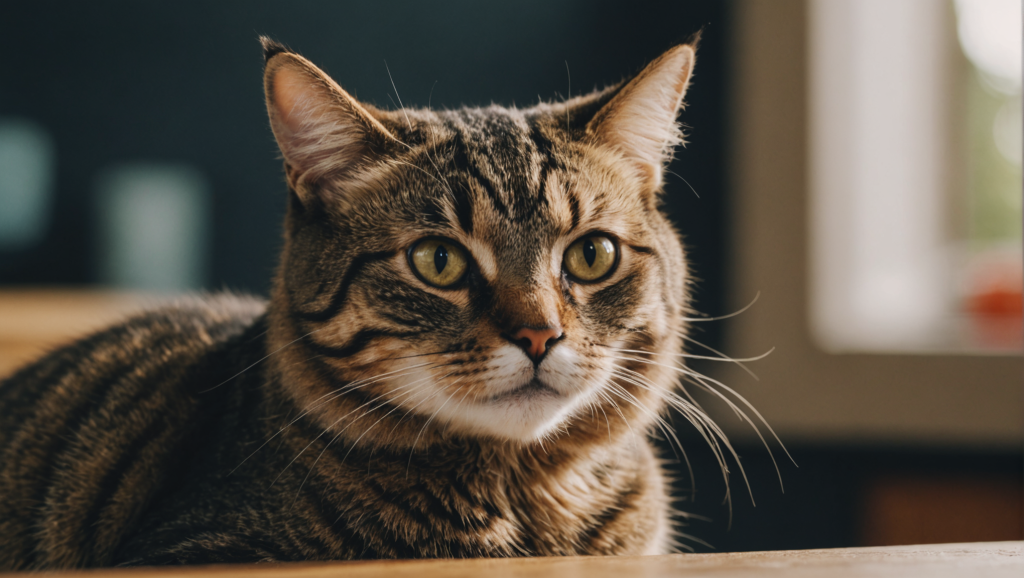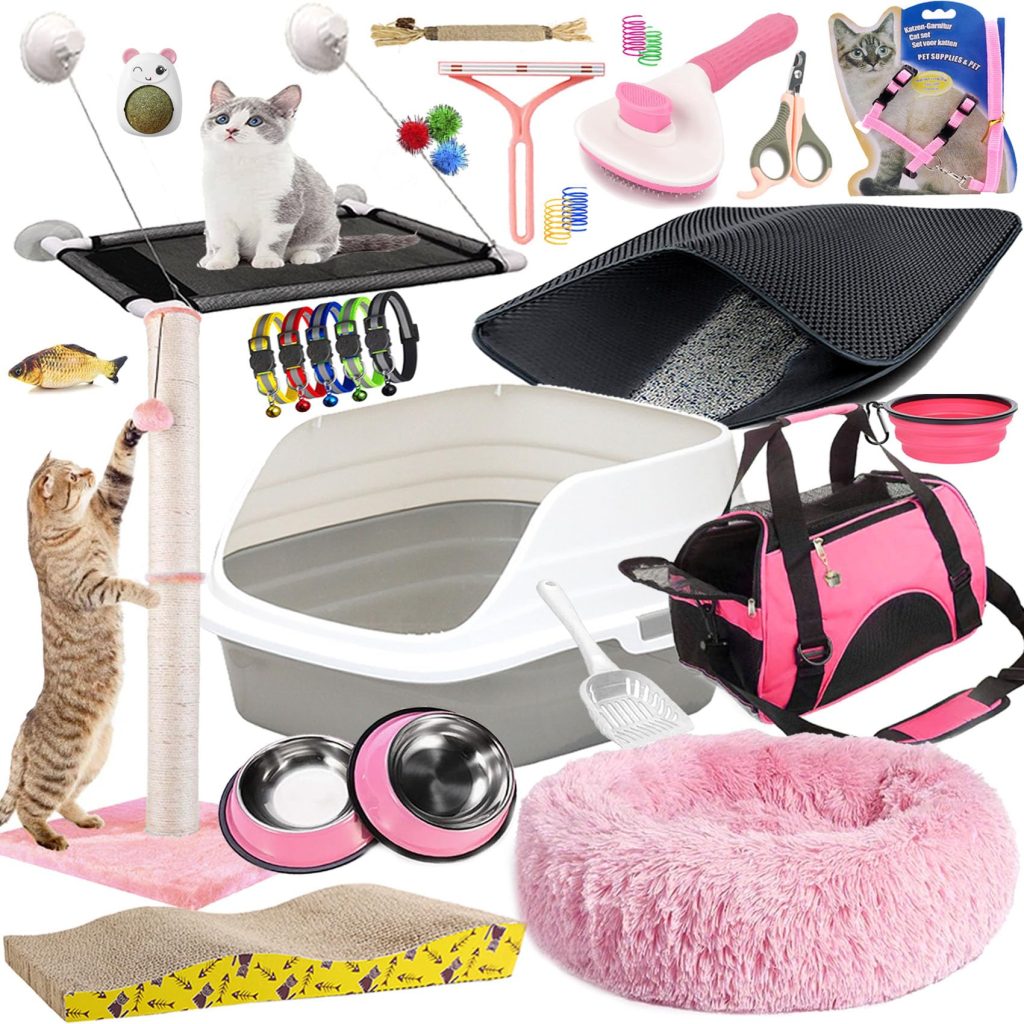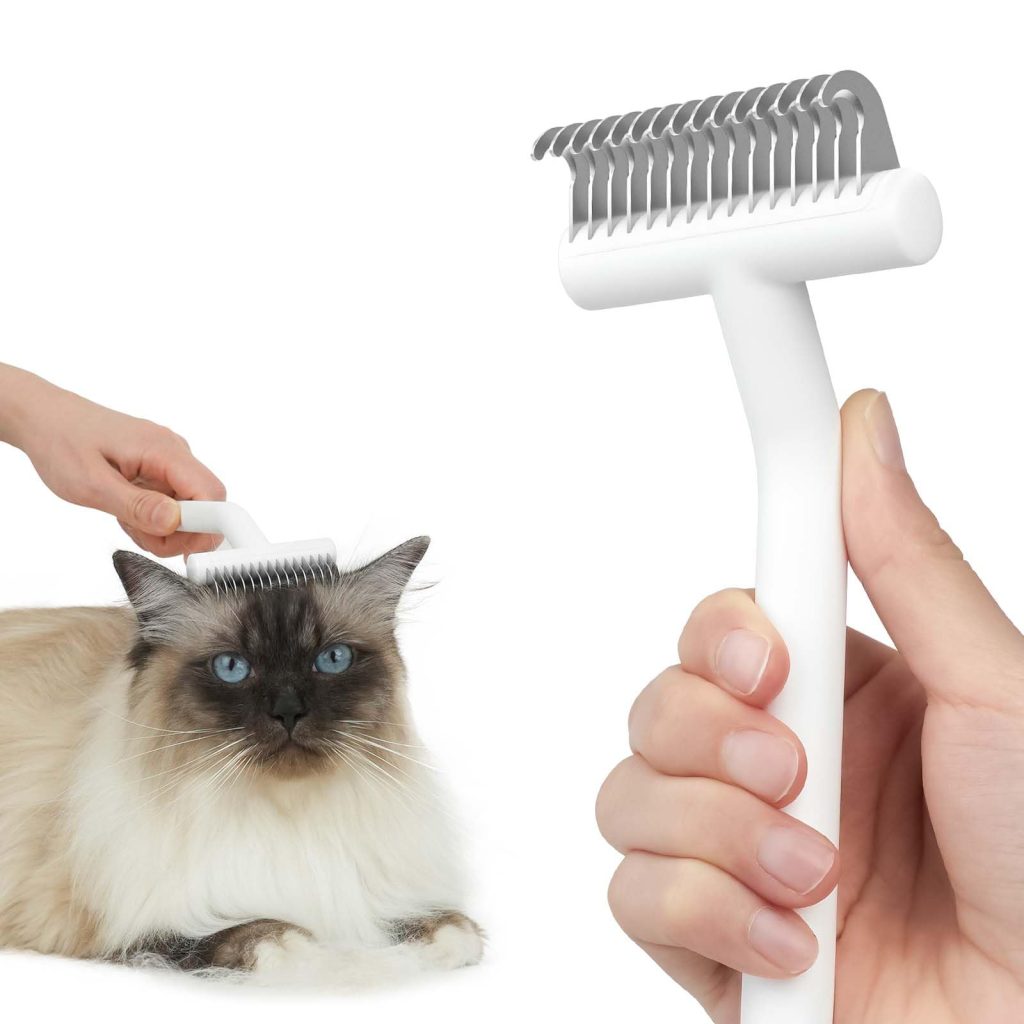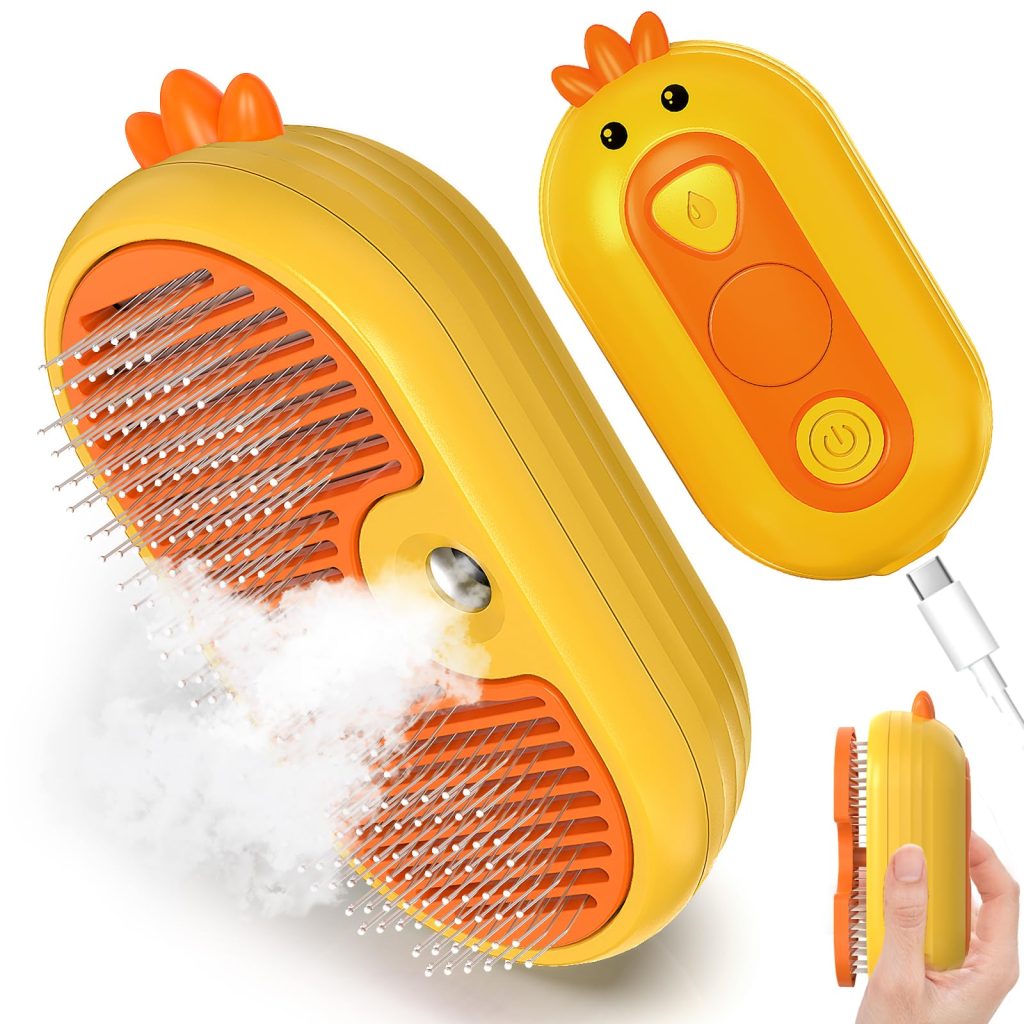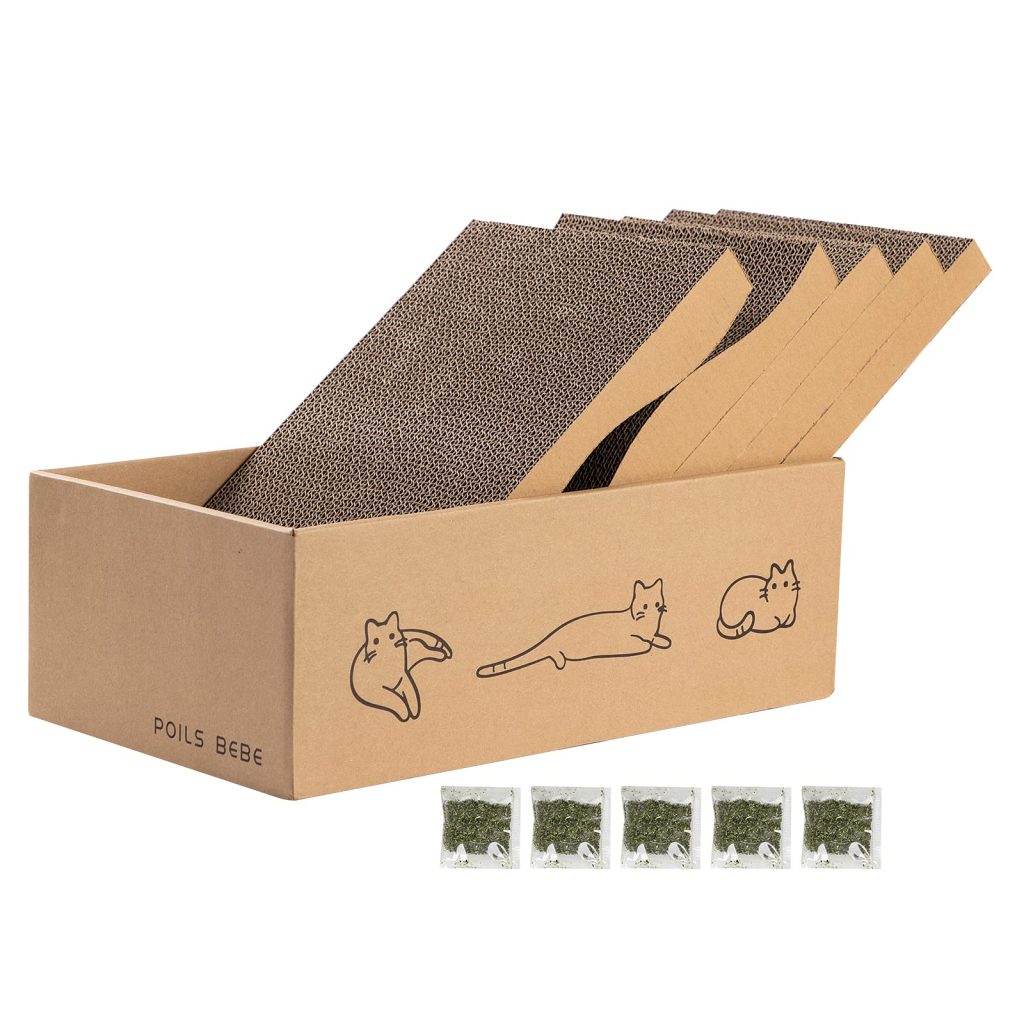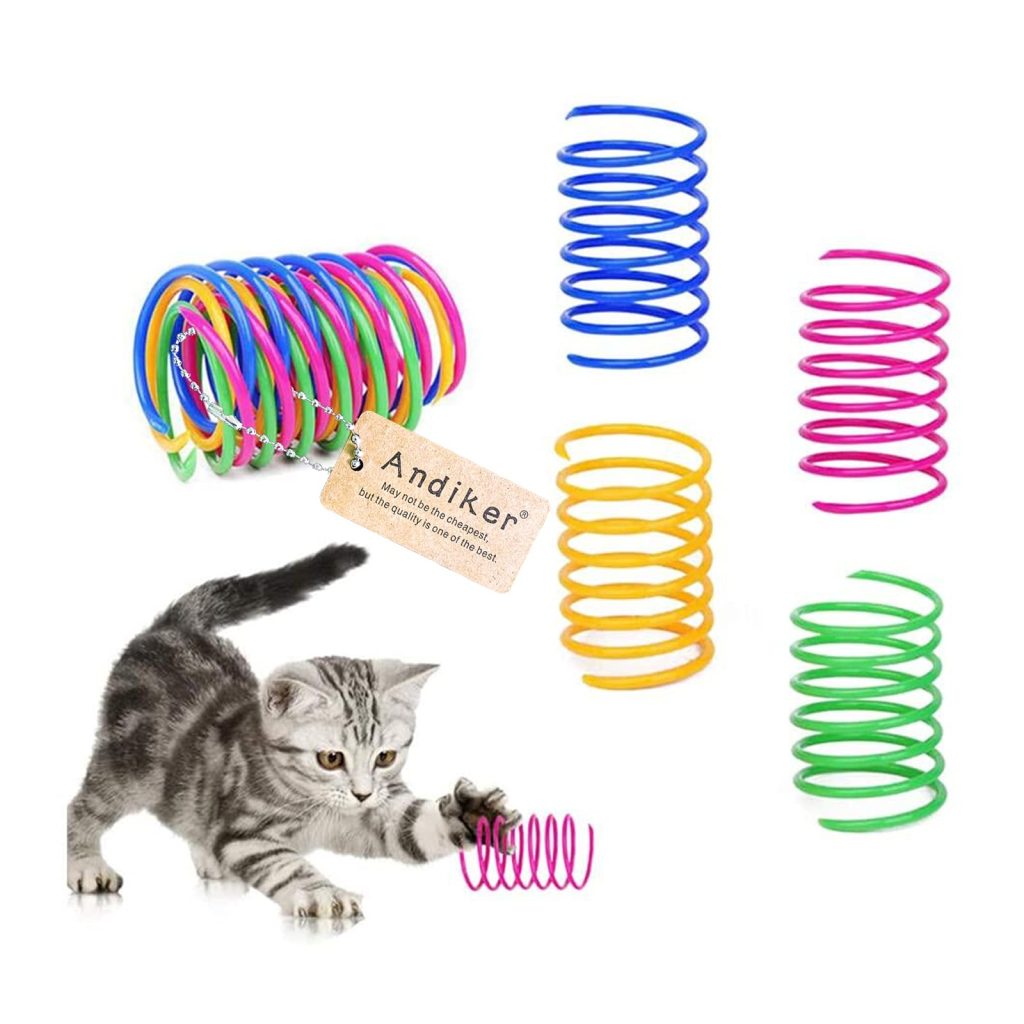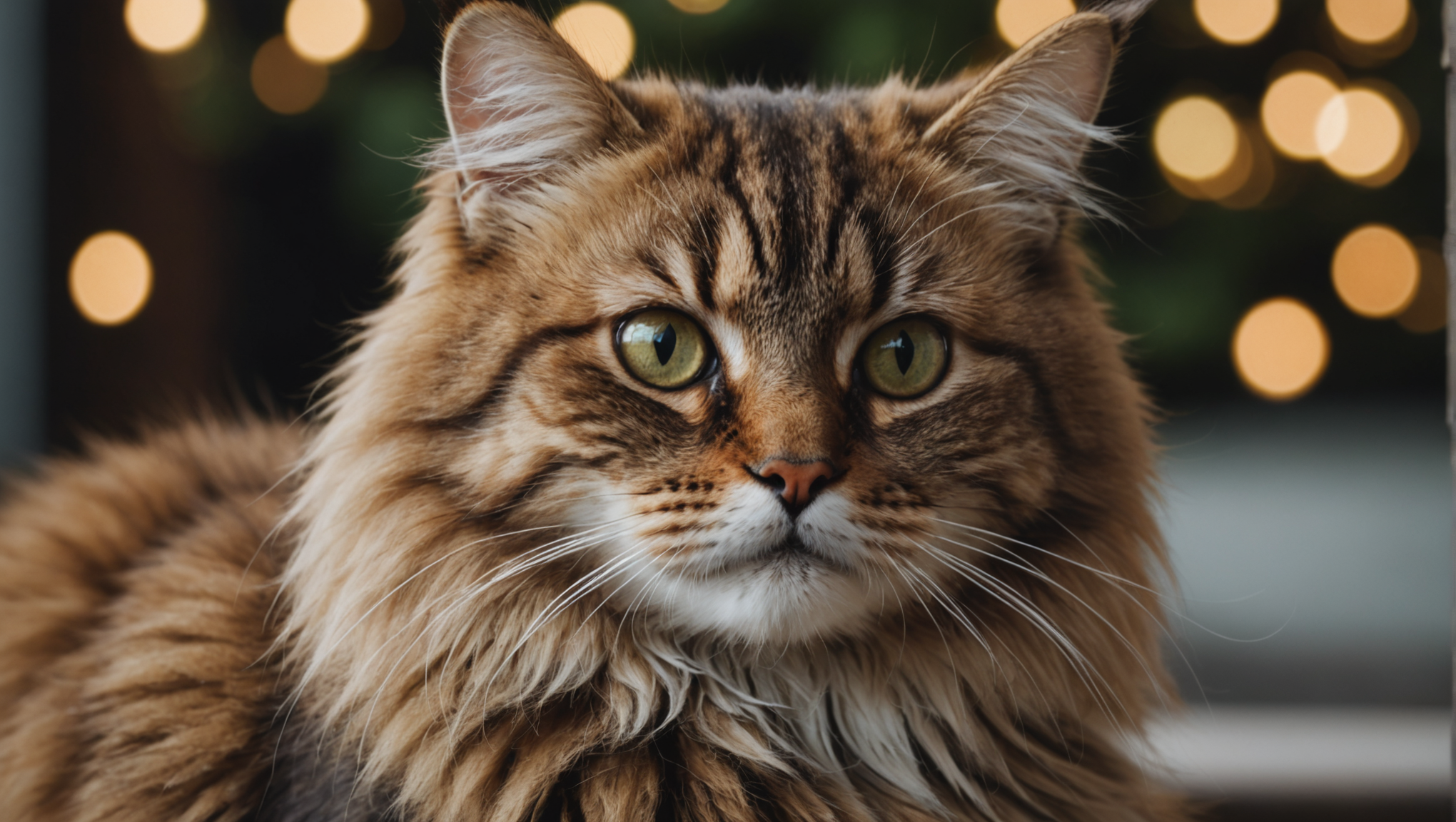
The Siberian cat breed boasts a rich tapestry of history, interwoven with tales of the Russian wilderness and the lives of its inhabitants. Originating from the vast expanses of Siberia, these cats have long been admired for their striking appearance and remarkable hunting abilities. This breed is believed to have existed for centuries, with some accounts suggesting that they may have descended from domestic cats brought to the region by traders. Their resilience and adaptability to the harsh climatic conditions of Siberia contributed to their evolution into the sturdy and robust felines we see today.
These cats were not mere companions but rather integral members of the household, often cherished by families for their affectionate nature and competent mousing skills. In rural Siberian communities, they were highly valued for their utility in controlling rodent populations and for providing warmth in frigid climates, curling up alongside their human counterparts during the long winter nights. It is said that these cats were revered not only for their physical prowess but also for their spiritual significance, with locals believing that their presence could ward off evil spirits.
In the late 20th century, as interest in different cat breeds surged, Siberians began to find their way beyond the borders of Russia. The breed was first showcased in cat shows in the 1980s, capturing the hearts of cat enthusiasts worldwide. American and European cat fanciers recognized the Siberian’s appealing looks and engaging personality, and breeding programs were established to promote this breed internationally. The first official breed standard was developed in the 1990s, cementing the Siberian cat’s status as a unique breed.
Today, the Siberian cat is celebrated not just for its beauty and history but also for its captivating temperament, combining playfulness and affection with a regal disposition. As they transition from their rustic roots to cherished companions in urban settings, it’s essential for prospective owners to appreciate the rich background and the qualities that make these cats so beloved. Understanding their heritage enhances the bond between a cat and its owner, as one acknowledges the bravery, independence, and warmth that this breed embodies.
Physical characteristics
With their distinctive appearance, Siberian cats captivate the hearts of many feline enthusiasts. These medium to large-sized cats possess a beautifully rounded head, contributing to their charming and expressive facial features. Their broad cheeks and slightly rounded skull provide a strong and majestic aura, while a well-defined chin enhances their overall symmetry. Their large, almond-shaped eyes, which can come in various colors, including green, gold, and copper, convey an intriguing intelligence and warmth, inviting you into their spirited yet serene world.
The Siberian cat’s coat is one of its most striking characteristics. The breed is adorned with a thick, triple-layered coat that not only lends itself to an impressive aesthetic but also serves as a functional barrier against the frigid Siberian climate. The outer layer is long and water-resistant, while the dense undercoat provides insulation. This unique adaptation allows them to thrive in cold environments, although it makes grooming an essential component of their care. Their fur, often seen in a diverse range of colors and patterns—from tabbies to solid shades—exudes a plushness that beckons for gentle strokes.
Physically robust, Siberian cats boast a muscular build, with a solid body structure that hints at their agility and strength. Their powerful legs end in large, tufted paws, enabling them to navigate through snow and uneven terrain as adept hunters. The tail, which is both long and bushy, serves as a balancing tool during their acrobatic leaps and playful antics, further enhancing this breed’s physical grace.
When considering the temperament of the Siberian cat, one must acknowledge their playful yet affectionate nature. Known for their sociability, these cats often develop strong bonds with their human family members and enjoy participating in daily activities. Their inquisitive minds constantly seek engagement, making them excellent playmates—whether it’s engaging in a game of fetch or playfully pouncing on a feather toy. Their friendly demeanor allows them to coexist harmoniously with other pets, making them an ideal choice for multi-pet households.
Nonetheless, it especially important for prospective owners to recognize the potential challenges tied to their energetic disposition. Siberian cats require ample exercise and mental stimulation, as boredom can lead to mischievous behavior. Regular play sessions and interactive toys are essential for keeping their playful spirits fulfilled. Additionally, due to their high intelligence, they can learn tricks and commands, something that can further enhance their engagement with both their owners and their environment.
In terms of health, although Siberian cats are generally known for their robustness, they are susceptible to certain genetic conditions, such as hypertrophic cardiomyopathy (HCM). Regular veterinary check-ups, along with a commitment to responsible breeding practices, can aid in early detection and management of potential health issues. A balanced diet rich in high-quality proteins and essential nutrients will not only support their growth and maintenance but will also contribute to their coat health, further prolonging the vibrancy of their luscious fur.
Grooming deserves special attention, especially given the Siberian’s luxurious coat. Weekly brushing is recommended to prevent matting and reduce shedding. During the seasonal changes, particularly in spring and fall, more frequent grooming sessions may be necessary to manage the increased loss of fur. Introducing grooming routines early on can help accustom your Siberian to the process, transforming it into a bonding experience rather than a chore.
The Siberian cat is a remarkable breed that marries beauty with brawn, intelligence with playfulness, and an affectionate spirit with independence. Understanding their unique characteristics, needs, and tendencies is paramount for ensuring a fulfilling relationship with this enchanting feline. With proper care, grooming, and attention to their exercise and dietary requirements, a Siberian cat can thrive, becoming a cherished member of the family and an ever-loyal companion.
Temperament and behavior
Siberian cats often possess a vibrant and playful personality that is both captivating and endearing. They’re well known for their affectionate nature, developing strong bonds with their human companions. Unlike some breeds that may exhibit aloofness, Siberians are inherently social creatures who thrive on interaction. They seek out companionship, often following their owners from room to room, basking in the warmth of their presence. This breed’s innate curiosity can lead them to explore their surroundings, making them not only delightful pets but also amusing ones, as they engage in antics that often leave their owners in fits of laughter.
Being intelligent and eager to learn, Siberian cats are remarkably trainable. This attribute allows them to pick up tricks and commands with relative ease, providing an excellent opportunity for owners to engage their minds further. Incorporating clicker training or obedience exercises can transform daily interactions into rewarding experiences for both the cat and the owner. Additionally, due to their playful disposition, Siberians enjoy games that challenge their intellect, such as puzzle feeders or interactive toys that require them to solve problems in order to receive treats. Such activities not only stimulate their minds but also provide the physical exercise crucial for maintaining their overall health.
When it comes to their interactions with children and other pets, Siberians are typically very amiable. Their gentle demeanor often makes them suitable for families, and they can adapt well to a variety of household dynamics. Many Siberians exhibit a patient and forgiving nature, which tends to charm even the youngest family members. However, supervision is recommended during interactions with smaller children, primarily to ensure that any exuberant playfulness directed their way is not overwhelming. Similarly, when introducing a new pet into a household, gradual integration is key, as these cats can be territorial. With patience and proper introductions, many Siberians flourish in multi-pet environments.
In addition to their social skills, it’s important for owners to be aware of their temperament nuances. Siberians possess an independent streak often characterized by a strong will, which can lead to occasional stubbornness. For example, while many do come when called, there may be times when their curiosity takes precedence over responding to their name. As a result, establishing consistent routines and positive reinforcement strategies early in their upbringing will provide the structure they require, enhancing their willingness to follow commands and engage in interactive play.
Though generally healthy, attention to their emotional and psychological well-being is critical. Siberians thrive in an enriched environment that offers a variety of stimuli, such as climbing towers, scratching posts, and engaging toys. Being left alone for extended periods can lead to anxiety and subsequent behavioral issues. For those who work long hours, investing in feline companionship or daily interactive play sessions upon returning home can help mitigate feelings of loneliness.
The health of a Siberian cat is intricately tied to their emotional state, which is directly influenced by their surroundings and interactions. Regular veterinary visits are fundamental, particularly to monitor for hereditary issues like hypertrophic cardiomyopathy (HCM) and hip dysplasia. A proactive approach to healthcare will ensure that their vibrant spirit remains intact.
Understanding the temperament and behavior of a Siberian cat especially important for any prospective or current owner. By embracing their need for social interaction, mental stimulation, and a structured environment, one can cultivate a nurturing relationship with these beautiful, intelligent felines. Ultimately, the joy that a Siberian cat brings into a household is immeasurable, rooted in its affectionate nature and playful exuberance, making them exquisite companions for those willing to engage in their care and well-being.
Care and grooming requirements
When it comes to the care and grooming requirements of Siberian cats, understanding their unique physical traits is vital to ensure their health and well-being. Despite their thick, luxurious coats that serve as a natural insulation against the harsh Siberian winters, these beautiful tresses require diligent maintenance to keep them looking their best and to promote a healthy skin condition. Given the breed’s predisposition to matting, especially in areas where the fur is long and dense, establishing a consistent grooming routine is essential.
A recommended schedule includes brushing the Siberian cat’s coat at least once a week, using a quality slicker brush or a comb designed for long-haired breeds. This not only helps to remove loose fur and dirt but also distributes natural oils throughout the coat, promoting a healthy shine. During seasonal shedding periods in the spring and fall, increased frequency—perhaps two to three times a week—may be beneficial to manage the amount of fur that can quickly accumulate in your home. The act of grooming can also serve as a bonding experience, allowing for gentle interaction that fosters trust and companionship between cat and owner.
Though their grooming habits are essential for maintaining their coat, Siberian cats also require attentive care concerning their overall hygiene. Regularly checking their ears for wax buildup, their teeth for plaque, and their claws for length should become an integral part of your routine. Providing appropriate scratching posts and platforms will help keep their claws trimmed naturally while promoting healthy exercise. Additionally, an occasional tooth brushing or the offering of dental treats can significantly contribute to their oral health.
As robust cats, Siberians do have some exercise and mental stimulation needs due to their playful nature and high intelligence. Daily interaction through play especially important. Engaging them with varied toys—such as feather wands, laser pointers, and even puzzle feeders—will keep their inquisitive minds occupied and provide essential physical exercise. Interactive play sessions not only help in avoiding weight gain, a concern for any indoor pet, but also allow for the natural predatory instincts of the Siberian to be expressed, evoking their ancestral behaviors in a safe domestic environment.
Regarding their dietary needs, feeding a high-quality, protein-rich diet is paramount. Siberians, being larger cats, benefit from a balanced meal composition that includes animal protein as the primary ingredient, as it supports their muscle mass and energy levels. Recommended portions should align with their age, weight, and activity level, and it is wise to consult with a veterinarian regarding specific needs or possible dietary restrictions. Incorporating fish oil or omega fatty acids into their meals can also aid in maintaining a healthy coat, ensuring it remains lustrous despite the rigors of seasonal shedding.
Routine veterinary check-ups are essential for the breed, given their predisposition to certain genetic issues, including hypertrophic cardiomyopathy (HCM) and hip dysplasia. Early detection and management of these conditions involve a combination of honest discussions with your veterinarian about any behavioral changes you observe, alongside regular screenings and appropriate vaccinations. Keeping accurate records of their health will assist both you and your vet in monitoring your Siberian’s well-being over time.
In essence, providing proper care for a Siberian cat involves a harmonious blend of grooming, nutrition, exercise, and veterinary care, all while nurturing the affectionate bonds they naturally form with their human companions. By acknowledging and addressing these critical aspects, you will not only ensure a physically healthy cat but also enrich the emotional and psychological facets of their lives, ultimately enhancing the cherished relationship between the Siberian and its family.

